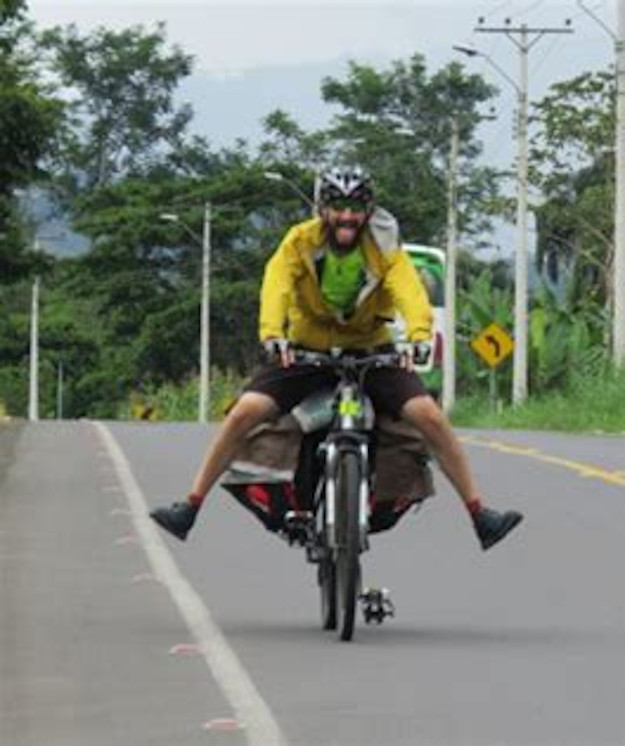Continuing with the post series about bikes and psychology that I started here, this time I am going to write about the benefits of cycling at mental level. Generally speaking, pedaling helps build a better brain, structurally and functionally, no matter if you do it indoors or outdoors.
Beneath the brain‘s there is the white matter, which has been likened to a subway system connecting different regions of the brain. A reduction in the activity in this system can slow thinking and provoke other cognitive deficits. Some scientific studies (like this) show the benefits of pedaling. In this case, two populations were compared: healthy individuals and schizophrenia patients. In turn, they were divided into two groups, half of they were randomly selected for a six-month exercise program using a stationary bike, whereas the other half continued with its lives. Brain scans demonstrated that the group who pedaled on a regular basis increased the integrity of white matter in both healthy and schizophrenic brains.
We have a protein called brain-derived neurotrophic factor (BDNF) that helps maintain existing neurons and create new ones. Moreover, BDNF collaborates in restraining some neurological diseases like Alzheimer’s and Parkinson’s. Studies like this one brought to light increases in BDNF levels in volunteers with either type 2 diabetes or metabolic syndrome, both groups practicing regular exercise on a stationary bike for three months.
Using bikes also helps increasing memory and reasoning. In this study young men pedaled a stationary bike at moderate intensity for 30 minutes, and completed a series of cognitive tests before and afterward. As you can imagine, scores were higher on memory, reasoning and planning, and were able to finish the tests more rapidly than before. And after pedaling for just 30 minutes!
Furthermore, a lot of studies have demonstrated that regular physical activity helps prevent stress, anxiety and depression. It also applies to bikes. For instance, this study focused on people with depression who were treated with antidepressants. After using a stationary bike for 15 minutes, their level of cortisol, a stress hormone, declined.
Most studies have been conducted for stationary bikes because of controlling the studies environment. However, cycling outdoors, specially in natural surroundings, enlarges these benefits. It is due to spending time in nature usually reduces stress and decrease symptoms of depression and anxiety. What’s more, there is evidence that the green exercise boosts enjoyment and motivation.
Related to the previous paragraph, in this study this effect was demonstrated on pedaling indoors, though this could be ironic. Specifically, scientists encouraged volunteers to pedal a stationary bike while watching a five-minute video of a green, leafy trail. Three forms of the video were shown: unedited, edited to look red and edited to look gray. Those who watched the unedited green video reported a less negative mood overall. In addition, bicyclers expressed that they felt like less work, even their heart rate and breathing remained the same for all conditions.
Additional benefits of riding a bike are:
-
It helps you sleep better: Riders who ride regularly are able to get their circadian rhythm in sync by lowering the levels of cortisol. Besides, it can positively affect brain serotonin to improve sleep cycles.
-
Creative thinking and problem-solving are also improved by cycling.
-
Studies have shown that employees who ride a bike to work are more productive. Moreover, a quick afternoon bike ride can boost energy levels and help have a more productive evening.
To sum up, mental health highly benefits from riding a bike that every person should do it on a regular basis.

